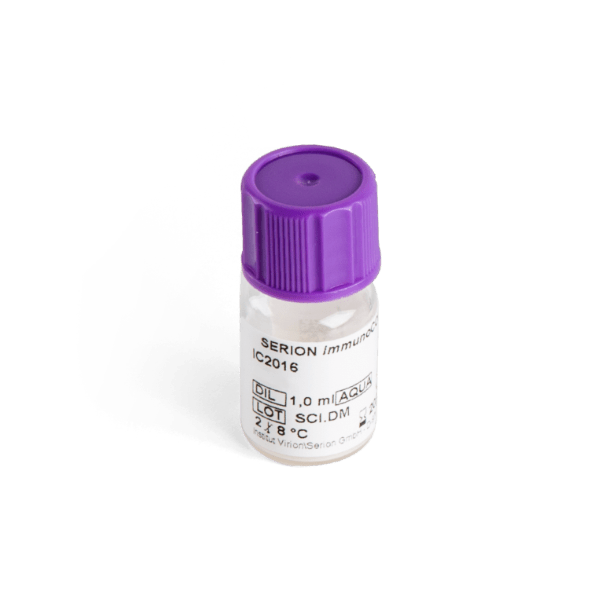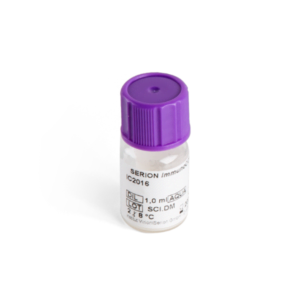| Weight | 1 lbs |
|---|---|
| Dimensions | 9 × 5 × 2 in |
| target | Parvovirus B19 reactive IgG |
| species reactivity | Parvovirus |
| applications | ELISA |
| assay type | Indirect & quantitative |
| available size | 3 mL |
Parvovirus B19 IgG Control Serum BC122G
$94.00
Summary
- Virion/Serion Diagnostic Kit Control for research use (RUO)
- Parvovirus
- Applications: ELISA
- IgG control serum
- Ready-to-use; pre-diluted for SERION ELISA classic and SERION ELISA antigen assays
- 3 mL
Parvovirus B19 IgG Control Serum BC122G
| target relevance |
|---|
| Organism Parvovirus B19 |
| Protein names Parvovirus |
| Structure and strains Human parvovirus B19, generally referred to as B19 virus (B19V), parvovirus B19 or sometimes erythrovirus B19, is the first (and until 2005 the only) known human virus in the family Parvoviridae, genus Erythroparvovirus; it measures only 23 26 nm in diameter. Human parvovirus b19 is a below-species classification of Erythroparvovirus primate1. The name is derived from Latin parvum, meaning small, reflecting the fact that B19 ranks among the smallest DNA viruses. B19 virus is most known for causing disease in the pediatric population; however, it can also affect adults. It is the classic cause of the childhood rash called fifth disease or erythema infectiosum, or "slapped cheek syndrome". |
| Detection and diagnosis As a consequence of the variable clinical symptoms which may be associated with Parvovirus B19 infection, a clinical diagnosis should be supported by the demonstration of virus specific antibodies. |
Data
Publications
| pmid | title | authors | citation |
|---|---|---|---|
| We haven't added any publications to our database yet. | |||
Protocols
| relevant to this product |
|---|
| BC122G protocol |
Documents
| # | ||
|---|---|---|
| Please enter your product and batch number here to retrieve product datasheet, SDS, and QC information. | ||
Only logged in customers who have purchased this product may leave a review.


Reviews
There are no reviews yet.